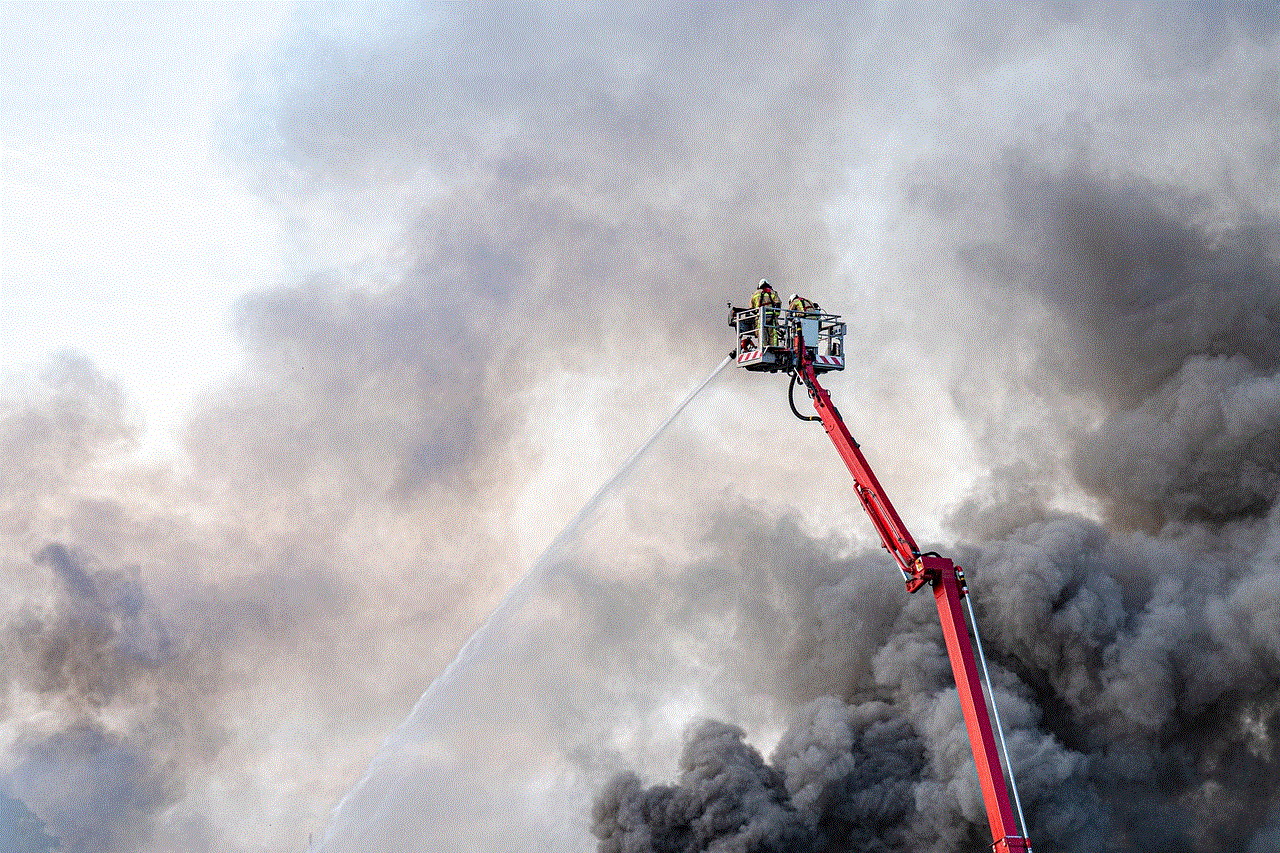what does cuff it mean slang
### Cuff It: Exploring the Meaning and Usage of a Contemporary Slang Term
Slang is an ever-evolving aspect of language, reflecting the trends, attitudes, and cultural shifts of a particular time. One such term that has gained traction in recent years is “cuff it.” This phrase has emerged from a mix of urban vernacular and social media influence, often used in various contexts that can lead to some confusion. In this article, we will delve into the meaning of “cuff it,” explore its origins, how it is used in contemporary culture, and its implications in social interactions.
#### Understanding the Meaning of “Cuff It”
At its core, “cuff it” can mean to engage in a romantic relationship — typically, a casual or short-term one. The term is often associated with the idea of “cuffing season,” a time during the colder months when individuals seek companionship and warmth, both physically and emotionally. During this period, people may feel a heightened desire to pair up, leading to an increase in relationships that may not necessarily last beyond the winter. Therefore, “cuffing” implies a temporary commitment, often motivated by the desire for companionship during the chilly months.
However, the term has evolved. In some contexts, “cuff it” can also refer to the act of being playful or flirtatious with someone. For instance, when someone tells their friend to “cuff it,” they might mean to go ahead and flirt, embrace the moment, or take a risk in a social situation. This duality of meaning adds layers to the term, making it versatile in various social contexts.
#### The Origin of “Cuff It”
The origins of “cuff it” can be traced back to urban culture and the language used within communities that often shape and define slang. The term “cuffing season” began to gain popularity in the early 2010s, particularly in the context of social media platforms where young adults share their experiences and emotions. As winter approached, people began discussing the desire for companionship, leading to the embodiment of this phenomenon in the term “cuffing season.”
The word “cuff” itself can be linked to the idea of “cuffing” someone — in essence, tying them down or making them exclusive. This metaphorical use of the word connects to the physical act of putting handcuffs (or cuffs) on someone, symbolizing a form of commitment or restraint. However, it’s essential to note that the connotation can vary widely depending on the context in which it is used.
#### The Cultural Significance of “Cuff It”
“Cuff it” has become more than just a phrase; it represents a cultural phenomenon that highlights the complexities of modern dating and relationships. In today’s fast-paced world, where individuals often feel disconnected despite being constantly connected through technology, the desire for meaningful connections can lead to temporary partnerships during specific times of the year.
The cultural significance of “cuff it” is also reflected in various media portrayals. Television shows, movies, and social media influencers often depict the thrill and excitement of cuffing season. This representation can create a sense of urgency and desire, encouraging individuals to seek out relationships during this time. The phrase has thus become a part of the lexicon of modern dating, encapsulating the zeitgeist of a generation navigating love and companionship in a digital age.
#### The Impact of Social Media on the Usage of “Cuff It”
Social media has played a crucial role in popularizing the term “cuff it.” Platforms like Twitter, Instagram , and TikTok have allowed users to share their experiences and thoughts on relationships, often using slang terms that resonate with their peers. Memes, tweets, and short videos referencing “cuff it” and “cuffing season” have contributed to the term’s widespread recognition.
Moreover, the viral nature of social media means that slang can spread rapidly, often leading to new interpretations and usages. The term has been appropriated by various groups, leading to a diverse range of meanings and applications. This phenomenon shows how language is fluid, constantly adapting to the social landscape.
#### “Cuff It” in Everyday Conversations
In everyday conversations, “cuff it” can manifest in various forms. When friends gather, they might discuss their romantic interests, using the term to encourage each other to take risks in love. For example, one might say, “You should cuff it with Jamie; he’s totally into you!” This playful encouragement embodies the spirit of the phrase, promoting a sense of adventure and spontaneity in dating.
Additionally, the term can come up in discussions about relationships, especially during the winter months. When someone expresses feelings of loneliness or a desire for a partner, friends might jokingly suggest that it’s time to “cuff it” and find someone to share the season with. This casual banter highlights the lighthearted approach many take toward relationships today, emphasizing the temporary nature of such commitments.
#### The Pros and Cons of “Cuffing”
While “cuffing” can offer companionship and warmth, it comes with its own set of challenges. On the positive side, engaging in a cuffing relationship can provide emotional support and connection during a time when people may feel isolated. It allows individuals to explore their feelings and desires in a low-pressure environment, often leading to memorable experiences.
However, there are downsides to cuffing as well. The temporary nature of such relationships can lead to misunderstandings and hurt feelings, especially if one party develops deeper emotions than the other. Additionally, the expectation of a short-term commitment can create a sense of insincerity, where individuals may feel pressured to engage in a relationship without fully investing in it.



This duality highlights the complexities of modern dating. While cuffing can be fun and exciting, it’s essential for individuals to communicate their intentions clearly to avoid potential heartache.
#### The Future of “Cuff It” in Language
As language continues to evolve, it’s interesting to consider the future of terms like “cuff it.” Will it maintain its relevance, or will it fade into obscurity like many slang terms before it? Given the cyclical nature of language, it’s likely that “cuff it” will adapt and change as new generations put their own spin on it.
The ongoing influence of social media will also play a crucial role in the term’s longevity. As new platforms emerge and cultural trends shift, “cuff it” may find new meanings or even be replaced by entirely different phrases. However, the underlying desire for connection and companionship will remain a constant, regardless of the language used to express it.
#### Conclusion: Embracing the Slang of Our Time
In conclusion, “cuff it” is more than just a slang term; it encapsulates the experiences and emotions associated with modern relationships. It reflects the complexities of dating, the impact of social media, and the cultural significance of companionship during specific times of the year. As language evolves, so too will our understanding of terms like “cuff it,” allowing us to embrace the fluidity of communication in a rapidly changing world.
Whether it’s used to encourage a friend to pursue a romantic interest or to describe the desire for warmth and connection during the winter months, “cuff it” serves as a reminder of the importance of companionship in our lives. In a world that can often feel disconnected, this slang term offers a fun and engaging way to discuss love, relationships, and the human experience. So, the next time you hear someone say “cuff it,” you’ll know exactly what they mean — and perhaps be inspired to embrace the spirit of connection that lies at the heart of the term.
how does snapchat location work
Snapchat is a popular social media platform that allows users to send photos and videos to their friends that disappear after a certain amount of time. One of the features that sets Snapchat apart from other social media platforms is its location feature. This feature allows users to share their location with their friends and see where their friends are located as well. In this article, we will explore how Snapchat location works and the various aspects of this feature.
Snapchat location was first introduced in 2017 with the launch of the Snap Map. The Snap Map is a map within the app that shows the location of all your friends who have enabled their location sharing. It also shows other popular locations and events happening nearby. This feature caused quite a stir when it was first introduced, with some users expressing concerns over privacy and safety. However, Snapchat has taken measures to ensure the safety of its users by giving them control over who can see their location and when.
To use the location feature on Snapchat, you first need to have the app installed on your device. Once you have the app, you can enable location sharing by going to your settings and selecting “see my location” under the “who can…” section. You can also choose to share your location with specific friends or keep it private. If you don’t want to share your location at all, you can turn off this feature completely.



Snapchat location works by using the GPS on your device to determine your exact location. It then displays this information on the Snap Map as an avatar or Bitmoji, which is a personalized cartoon character. The location is updated in real-time, so your friends can see where you are at any given moment. This feature is only available to users who are 13 years or older, as per the platform’s terms and conditions.
One of the main benefits of the Snapchat location feature is that it allows users to see where their friends are located in real-time. This can be particularly useful when trying to meet up with friends or when attending events or parties. You can also use it to see if your friends are nearby and send them a snap to hang out. It adds a fun and interactive element to socializing with friends.
Another aspect of the location feature is the ability to see popular events happening nearby. These events are represented by heatmaps on the map and are based on the number of snaps being taken in a certain location. This is a great way to discover new places and events that you may not have known about otherwise. You can also use it to find out which places are popular at a particular time, allowing you to avoid crowds if you prefer.
Snap Map also has a feature called “Our Story” where users can add snaps to a shared story based on a location or event. This allows people to see what others are doing in a particular area or event. It adds a community aspect to the location feature, making it more than just a tool to see where your friends are.
One of the concerns raised when the Snap Map was first introduced was the issue of privacy. Many users were worried about their location being shared with strangers or friends they may not be comfortable with. To address this, Snapchat allows users to choose who can see their location. You can choose to share your location with all your friends, select friends, or no one at all. You can also go into ghost mode, which means your location will not be visible to anyone.
Snapchat also has a feature called “off the grid” where your location is only updated when you open the app. This is particularly useful if you don’t want your location to be constantly updated but still want to use the app. The off the grid feature is automatically activated after a certain amount of time of not using the app.
Another benefit of the Snapchat location feature is that it allows users to see where their friends have been. The map has a feature called “footprints” which shows the places where your friends have recently been. This can be useful if you want to know where your friends have been hanging out or if they have been to a place you are interested in.
Snapchat has also introduced a feature called “nearby friends” which allows you to see the location of your friends who are nearby, even if they have not enabled their location sharing. This feature works by using Bluetooth and Wi-Fi to determine your proximity to other Snapchat users. You can then send a snap to your nearby friend, inviting them to hang out.
In addition to the benefits, there are some potential drawbacks to the Snapchat location feature. The biggest concern is the issue of safety. Users who share their location with all their friends or with strangers are at risk of being tracked or stalked. To avoid this, it is important to be careful about who you share your location with and to regularly review your privacy settings.
Furthermore, constantly sharing your location can also be a privacy concern. By allowing others to see where you are at all times, you are giving them access to sensitive information about your daily routine and whereabouts. It is essential to think carefully before enabling location sharing and to only share your location with people you trust.



In conclusion, Snapchat location is a popular feature that allows users to share their location with friends and see where their friends are located. It adds an interactive element to the app and can be useful for meeting up with friends or discovering new places and events. However, it is important to use this feature responsibly and to be mindful of privacy and safety concerns. With the right precautions, the Snapchat location feature can enhance your social media experience and add a fun and dynamic element to your interactions with friends.